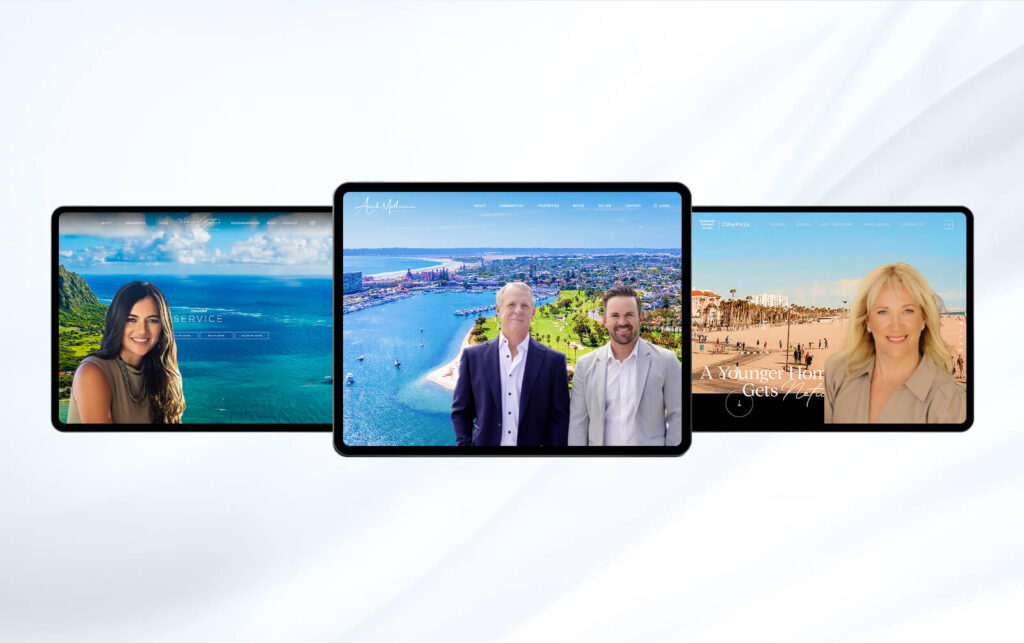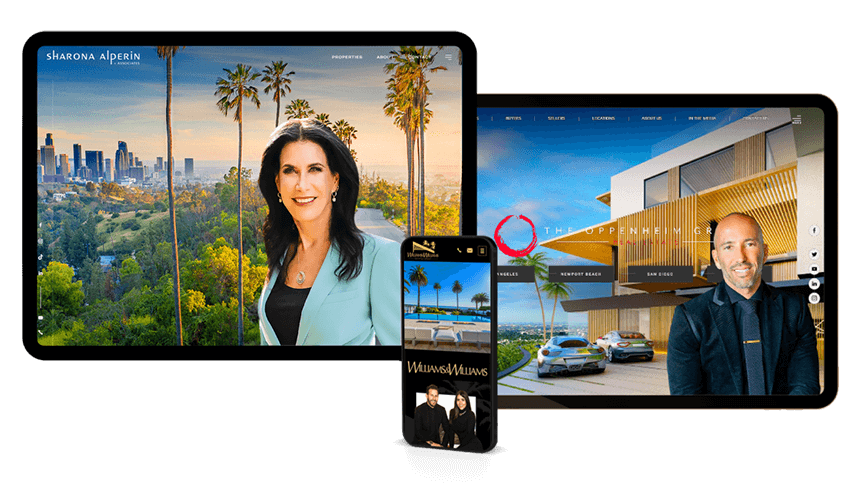Connect with Qualified Buyers Using Facebook Ads
The average American consumer spends roughly 40 minutes of her day liking, commenting, and scrolling through posts on Facebook. In between Internet memes and viral videos, how do you get her to pay attention to you?
With over a dozen ad formats and numerous targeting parameters at your disposal, you have everything you need to draw her in.
How to identify qualified buyers
Qualified buyers can either be individuals or companies who are in the market for a home or property investment. In other words, all they need is a nudge in your direction.
But what makes them different from other buyers?
-
They’ve been prequalified or preapproved for a mortgage – This puts them in a better position to secure financing. However, prequalifying for a loan isn’t the same as being preapproved for it.
Getting prequalified is only the first step in the loan application process. This means that the buyer has given the lender an overview of her financial standing, and the latter has given her a rough idea of the amount she can borrow.
This amount isn’t final, and because of this, a prequalified buyer doesn’t hold as much weight as one who’s been preapproved.
In order to get preapproved for a loan, a buyer has to undergo a more thorough background check. She’ll be required to fill out a form, pay for the application fee, and submit documentation. A preapproved buyer holds a conditional commitment in writing that states the exact loan amount.
Either way, targeting prequalified or preapproved buyers is a strategic way of snagging a client who more or less knows how much home she can afford.
-
They have great credit – Qualified buyers keep a good eye on their credit lines. They check their credit reports regularly, and play a proactive role in sorting out any blemishes on their records. They don’t have too many debts or payments to manage, hence qualifying them for a loan.
-
They can cover the down payment and closing costs – They’re usually liquid, and can easily put down the amount for the down payment and earnest deposit.
The down payment for a home is usually 20 percent of the selling price. Buyers who don’t have that amount readily available will have to purchase premium insurance mortgage (PMI) through a private mortgage insurer or a government guarantee program.
Closing costs usually fall between two to seven percent of the selling price, while earnest money covers the amount that the seller requests of the buyer in return for agreeing to sell the home.
-
They can cover the long-term costs of the home – On top of the down payment, earnest money, and closing costs, qualified buyers can afford the long-term costs of the home. The principal, interest, taxes, and insurance related to the sale (collectively referred to as PITI) won’t take up more than 28 percent of their income.
Why use Facebook ads?
Facebook should be an important component of your social media strategy, as it gives you countless opportunities to connect with qualified buyers.
-
Facebook ads help you cast a wider net – With over 1.55 billion users, many of whom are active, the social media site is pulsating with consumer activity.
To take advantage of this, Facebook developed partnerships with data brokers like Datalogix, Epilson, and Acxiom – companies that have access to trillions of data transactions every year.
Acxiom’s database alone contains information on 500 million consumers around the world, with an average of 1,500 data points for each one of them.
This allows advertisers to go beyond the limitations of their CRM databases and gain access to insights gathered from shopping loyalty programs that have been matched with individual Facebook profiles.
-
It’s not just about quantity – Targeted Facebook ads let you reach out to specific and motivated segments of your audience. The social media site also lets you target qualified buyers more effectively using demographic information like location, gender, education, workplace, and interests.
-
Facebook ads support organic efforts you’re making on the site – Organic reach refers to the number of unique users who have seen your posts through unpaid means. Some businesses find that their organic reach is limited, not just because of the number of their online followers, but also because they’re competing with an increasing amount of content.
On average, a user’s news feed can feature as many as 1,500 stories whenever they log in. That number could go up to 15,000 for users who have thousands of friends. Chances are they’ll only see the stories that appear at the top of their news feed.
Facebook ads can help ramp up your exposure, supplementing your organic reach through a number of targeting options.
How to make it work for you
Here are a few tips on using Facebook ads and targeting qualified buyers:
Look into qualified buyers’ recent purchasing behavior. You can target audience segments by the hundreds or thousands based on different purchasing behaviors.
The social media site’s purchasing behavior subcategories include Clothing, Health & Beauty, Food & Drink, and so on. You can break down each broad subcategory into behavior types like Foodies, Fashionistas, and DIY enthusiasts, for instance.
Do Life Events targeting. Real estate purchases often coincide with major life events like marriage, divorce, change of workplace, or the birth of a baby. These milestones are well-chronicled on Facebook’s Life Events, an ad targeting parameter you can use on the site.
Build customer loyalty with Facebook Custom Audiences. This advanced feature lets you connect with existing clients to reinforce your real estate brand, or exclude them from your list so that you can focus on qualified buyers who have yet to do business with you.
Extend your reach to a Lookalike Audience. Mirror your existing contacts or fan base using this feature, which lets you expand beyond your audience but still target specific profiles. Choose the audience you want to replicate or expand – advertisers usually select from their contacts or followers list – and Facebook will identify the top one percent of users with the most similar traits in your target country.
If you don’t have a contacts list or a substantial fan base, simply use a tracking pixel to build a Website Custom Audience you can mirror.
You can even layer all of these targeting options, hence making your audience increasingly specific. In fact, a combination of demographics, behaviors, and geolocation can narrow down your audience to just one person.




